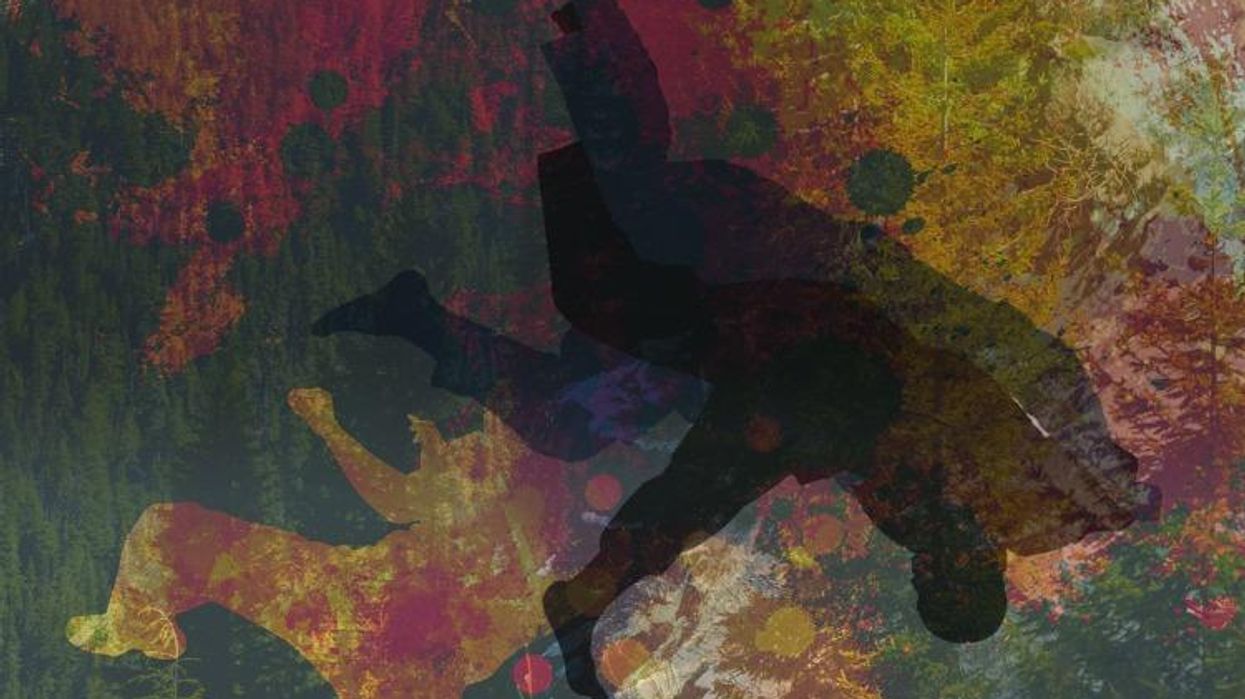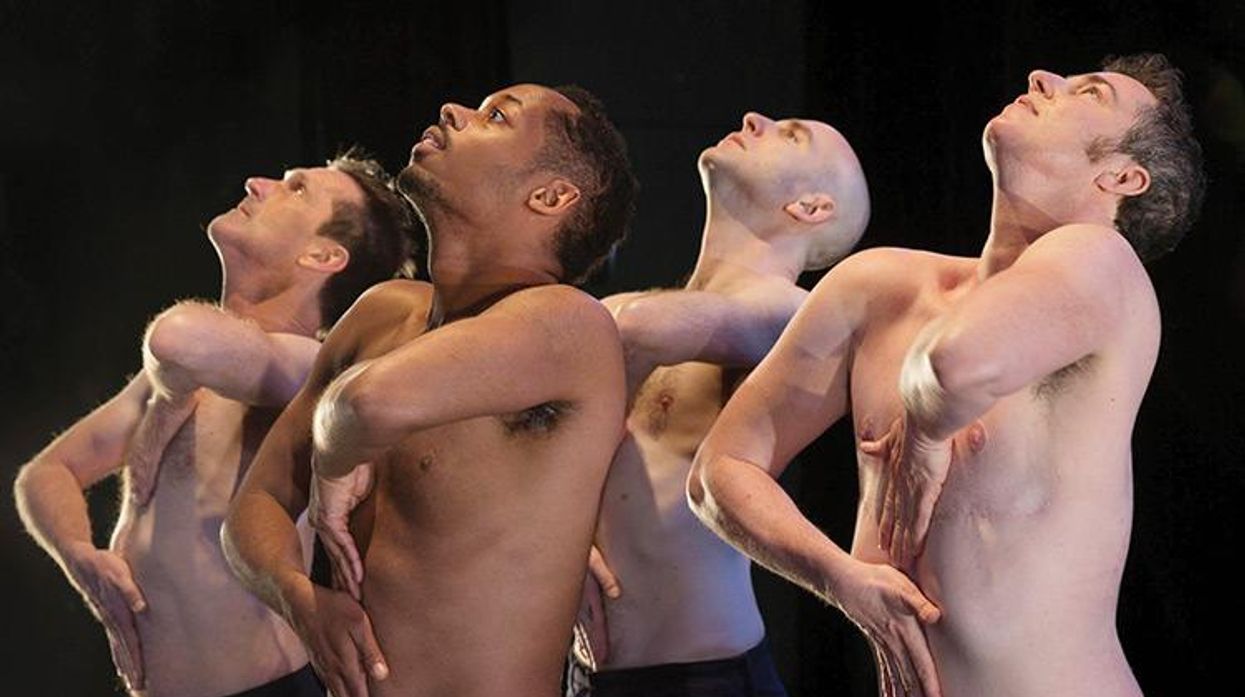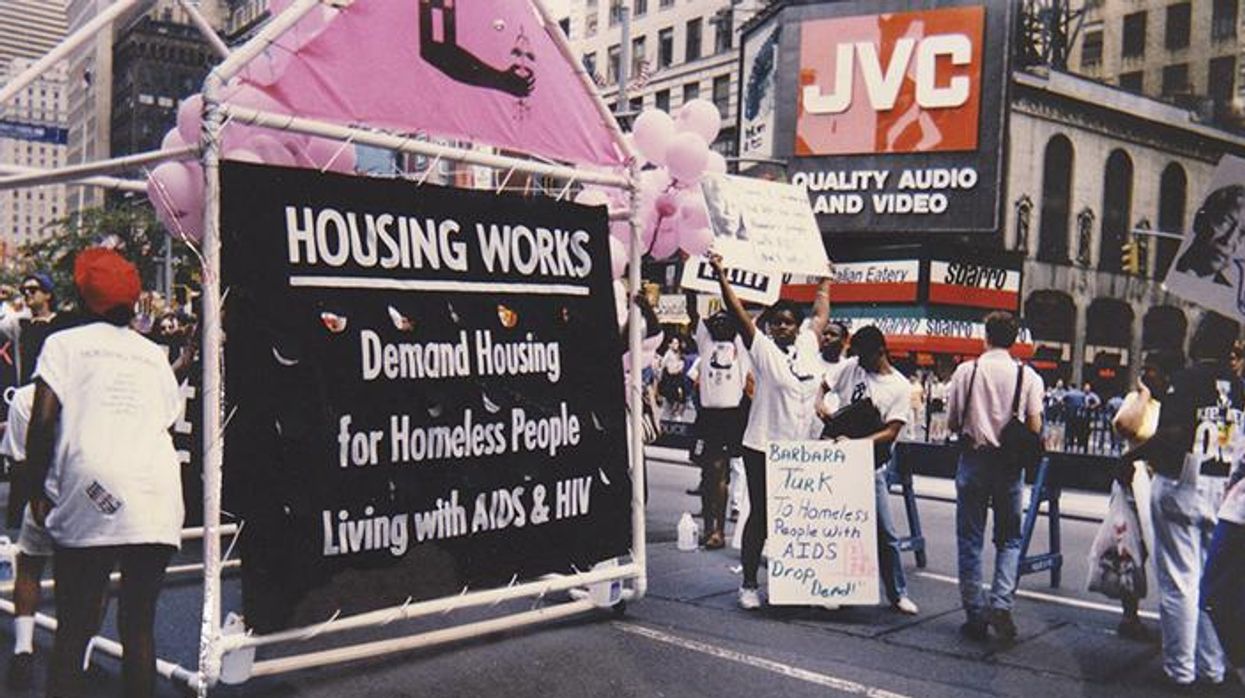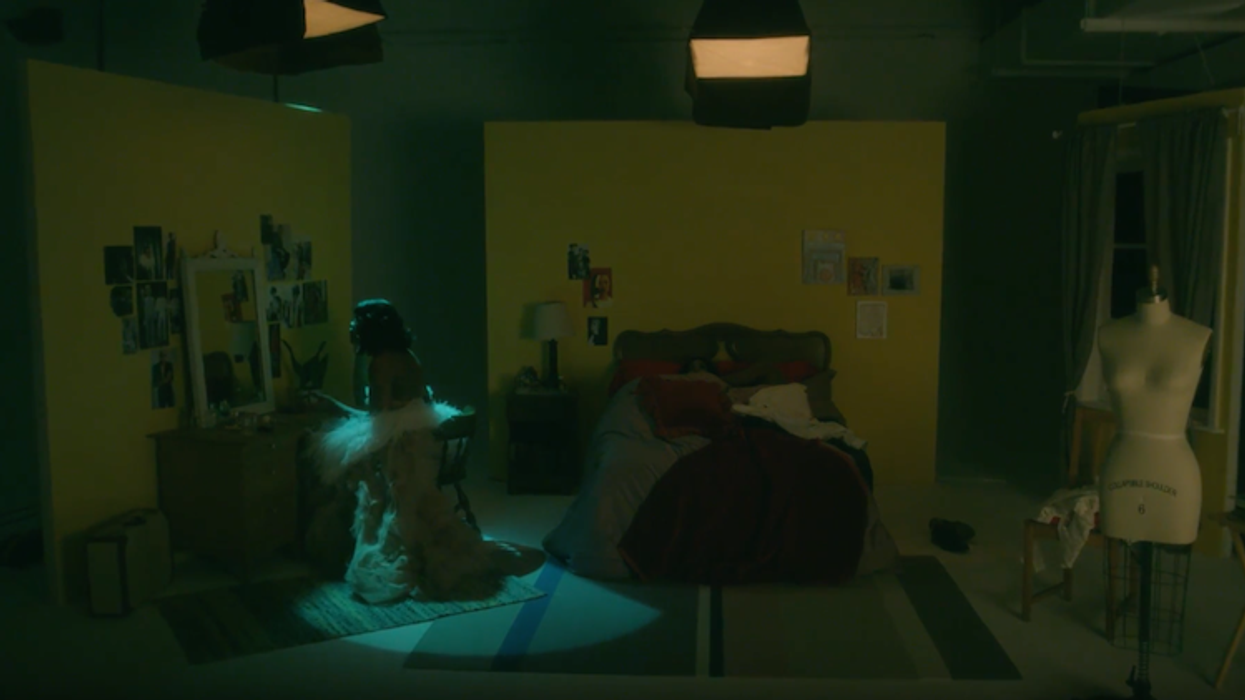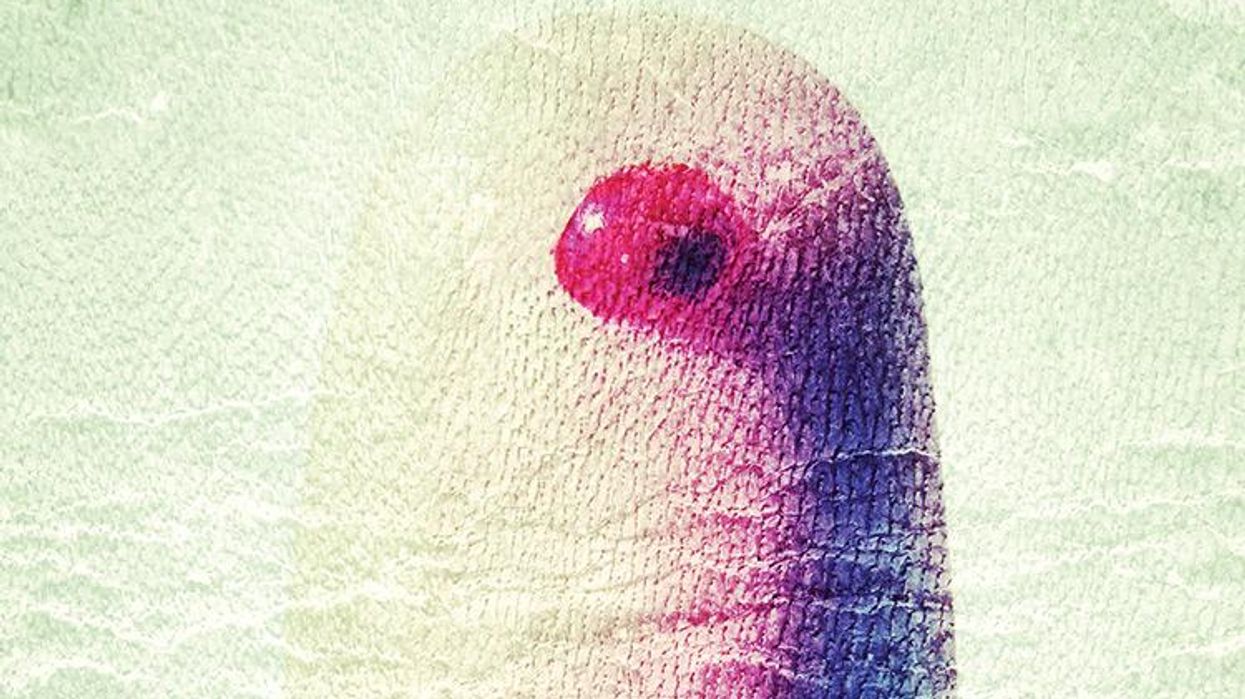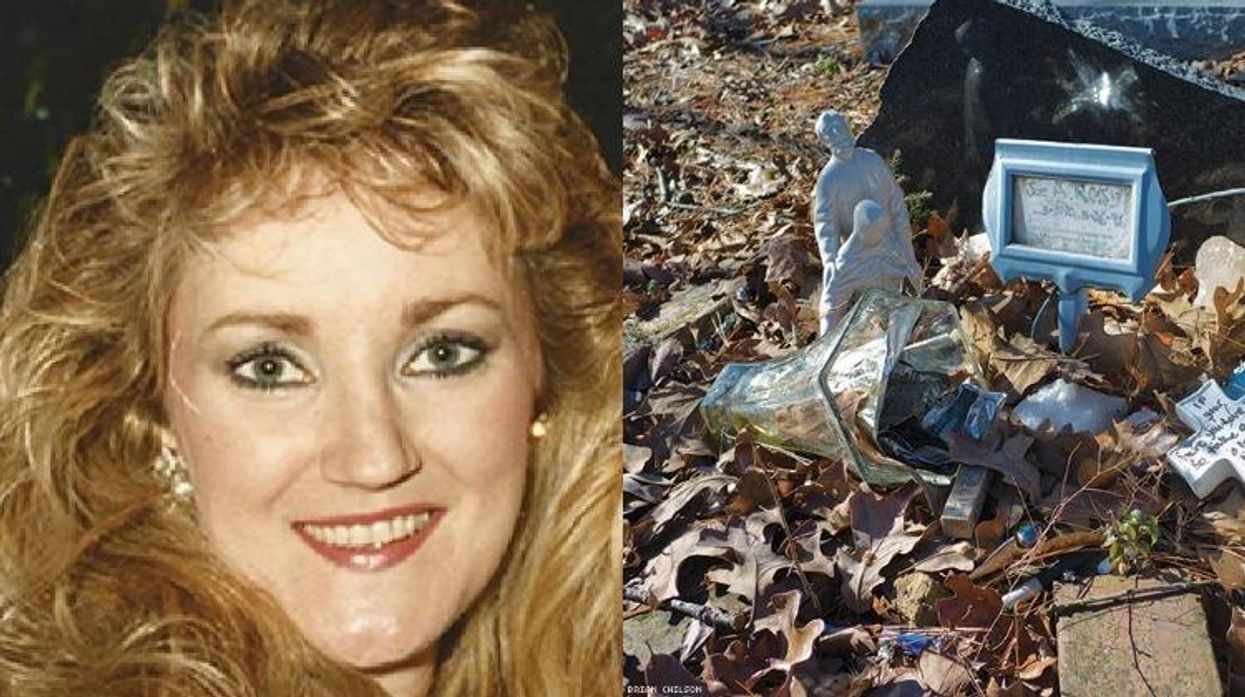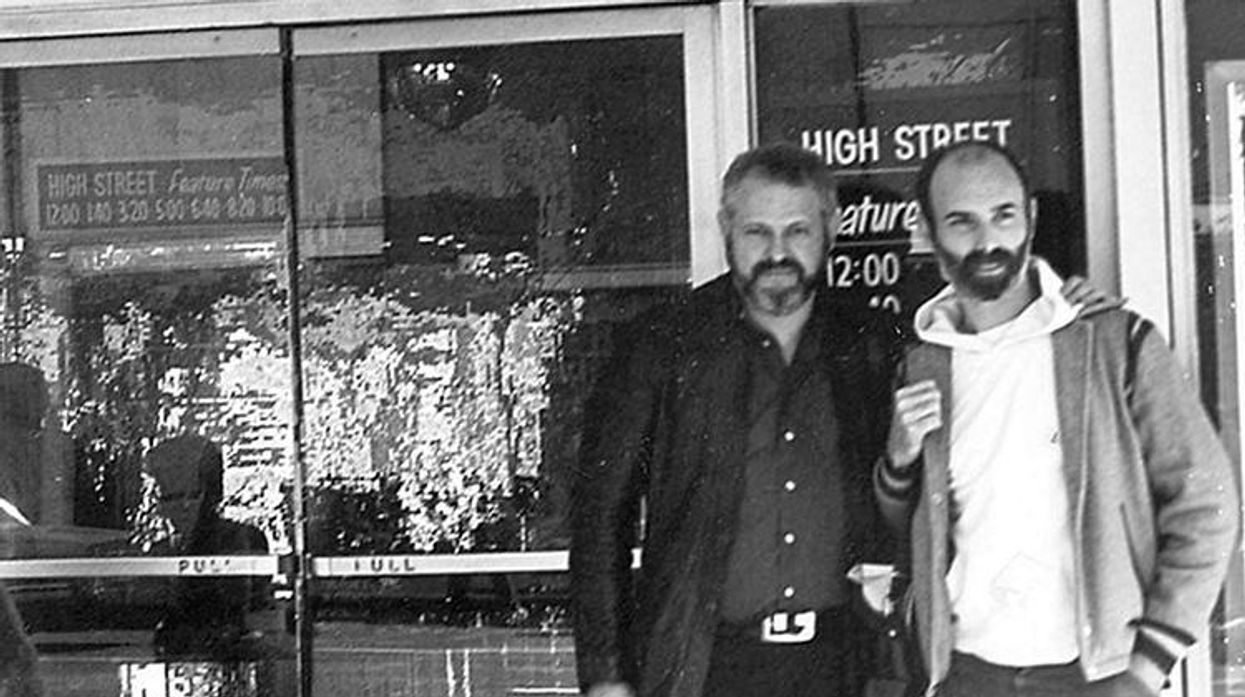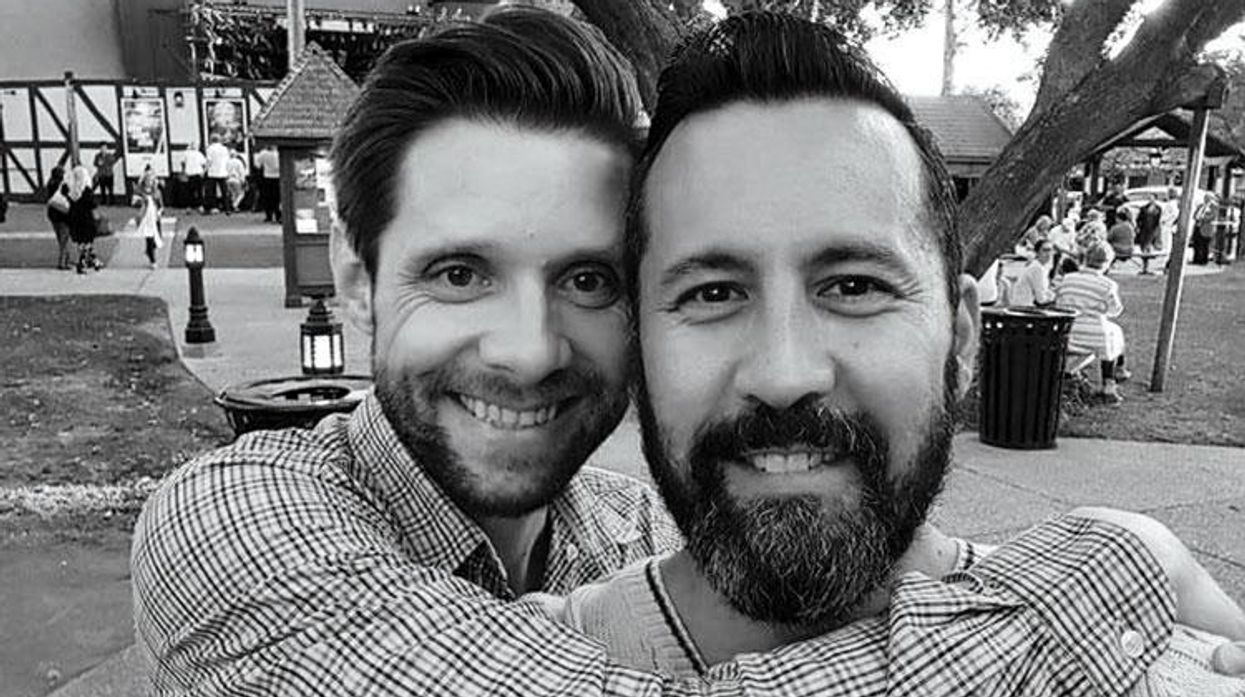Illustration: Courtesy Minnie Cho (The Rise and Fall of The Yellow House)
Seattle, in the words of essayist Charles D'Ambrosio, is an "unwritten city." It is true: Fiction from and about the Pacific Northwest is a literature of dense forests, tall mountains, and craggy coastlines. Conversely, novels about AIDS are overwhelmingly set in cities: San Francisco, Los Angeles, and, above all, New York. But there are other places where the epidemic descended as well, and in the far upper-left corner of the United States, that place was Seattle.
In my new novel about the early years of the HIV/AIDS crisis there, The Rise and Fall of the Yellow House, I tell of a smaller but still very gay city where the plague came like a tidal wave -- spotted rolling in from a distance in the reports from New York and San Francisco. Maybe, like my lead character, Jeff, we were panicked refugees, abandoning those places. But what stowed away with us was no less lethal. As with a real tidal wave, if you see it, it is too late to escape.
Today Seattle is a city where 92% of HIV-positive gay men know their status, and 75% of us have undetectable viral loads. These are the highest percentages in the world. But it was not always this way, and in my novel I reached back 30 years and more to recapture the terror that I, a recent immigrant to Seattle from New York, felt no matter where I lived. Revisiting a time three decades past raises the question of how to write of the health crisis now, in 2015, 20 years after protease inhibitors and 20 years after the decade-long putative "golden age" of AIDS literature. Other 20th-century calamities, such as the Holocaust, still provide writers with new material to mine; HIV/AIDS, much less so. For many gay writers, one AIDS book was sufficient. Moreover, publishers are even warier today of marketing books about a disease not merely terrible, but unfashionable. Gay marriage is a much cheerier subject. But there is among the witnesses to the 1980s and early '90s the will and the need to say more. The bigger problem, not so easily put aside, is memory.
I had my own, albeit not always trustworthy, recollections to rely upon. Subsequent generations that take up the challenge of exploring our devastation will not have that luxury (or visceral horror) in describing it once or twice removed. Archives preserve the ephemera of those years. Embarking as an amateur historian, I spent hours combing through papers, microfiches, recorded oral testimonies; in the future, others will comb through them again, and find things I missed or ignored. But the characters are a one-time-only composite of myself and my crowd in those very days, leavened by what I hope is responsible imagination in adding things I intuit to be truthful. Like the novel's troubled protagonist, I moved to Seattle just as the bad news was sinking in, and I did become intimate with gay men, like the novel's beautiful but lost Henry, whose troubles began before the virus showed up at the party. Still, much else in my novel is fictional if never false: The intervening years might obscure our memories, but they also make room for storytelling to distill the past's lessons for gay men today. The writing took a toll on me. I was forced to mourn my losses all over again, but I discovered, at the end, an elegy that unexpectedly freed me from surrendering to any more grief. Nietzsche said, "We have art in order not to die from the truth." Gay writers of my generation will never doubt it.
The Rise and Fall of the Yellow House, by John Whittier Treat, is published by Big Table Publishing.


